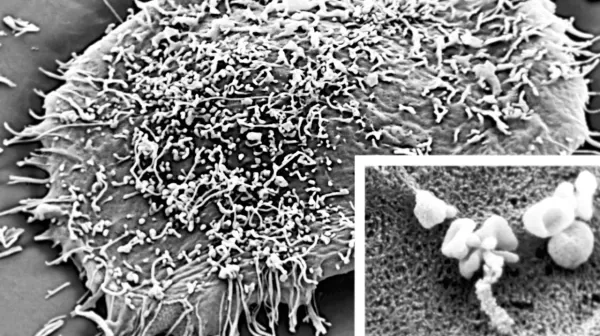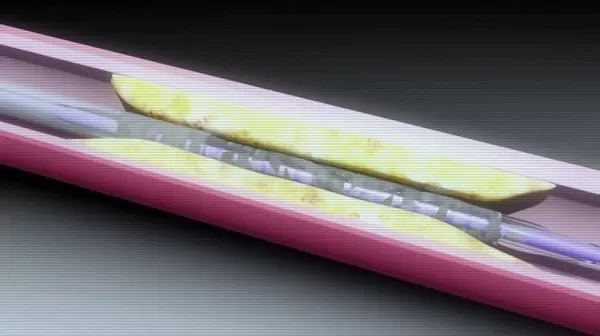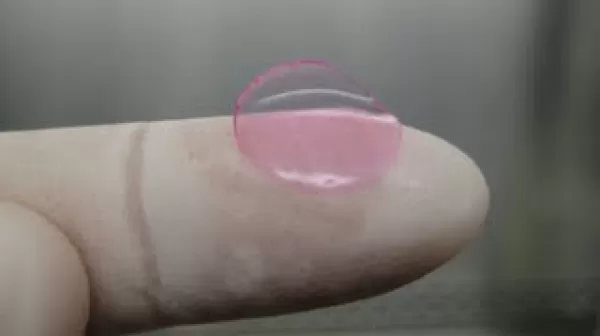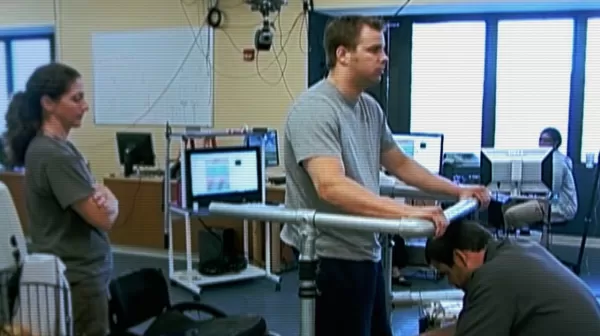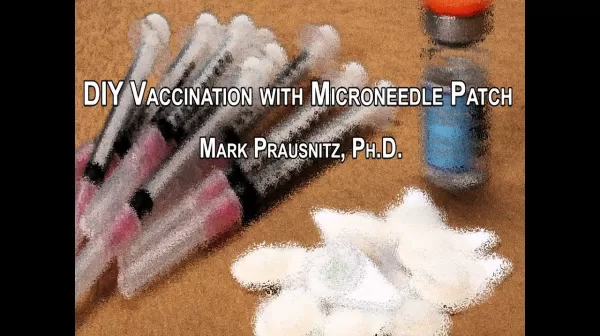Surprise Evidence That Gut Microbes Directly Cause Humans to Age
0:00 Gut microbe effects on our health
0:50 Basics of microbiome in and around our body
1:45 Fever and temperature effects
3:20 Athletic ability and body age
5:50 How bacteria change with age
6:45 Individual difference in aging
8:00 Is it all immune system? Mice experiment
10:20 So are bacteria bad for us?
11:40 How to get healthy using these discoveries
13:00 And then they just eat us
13:50 Also vision issues?


